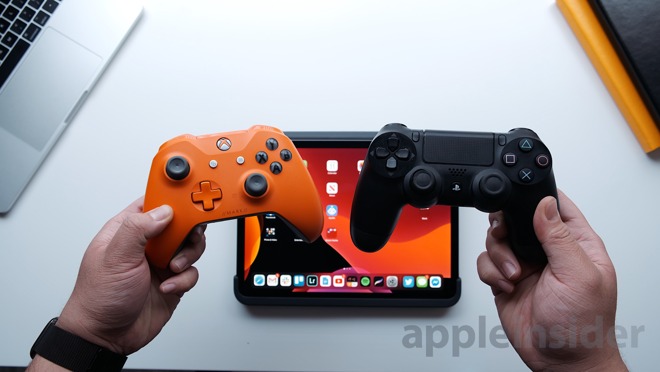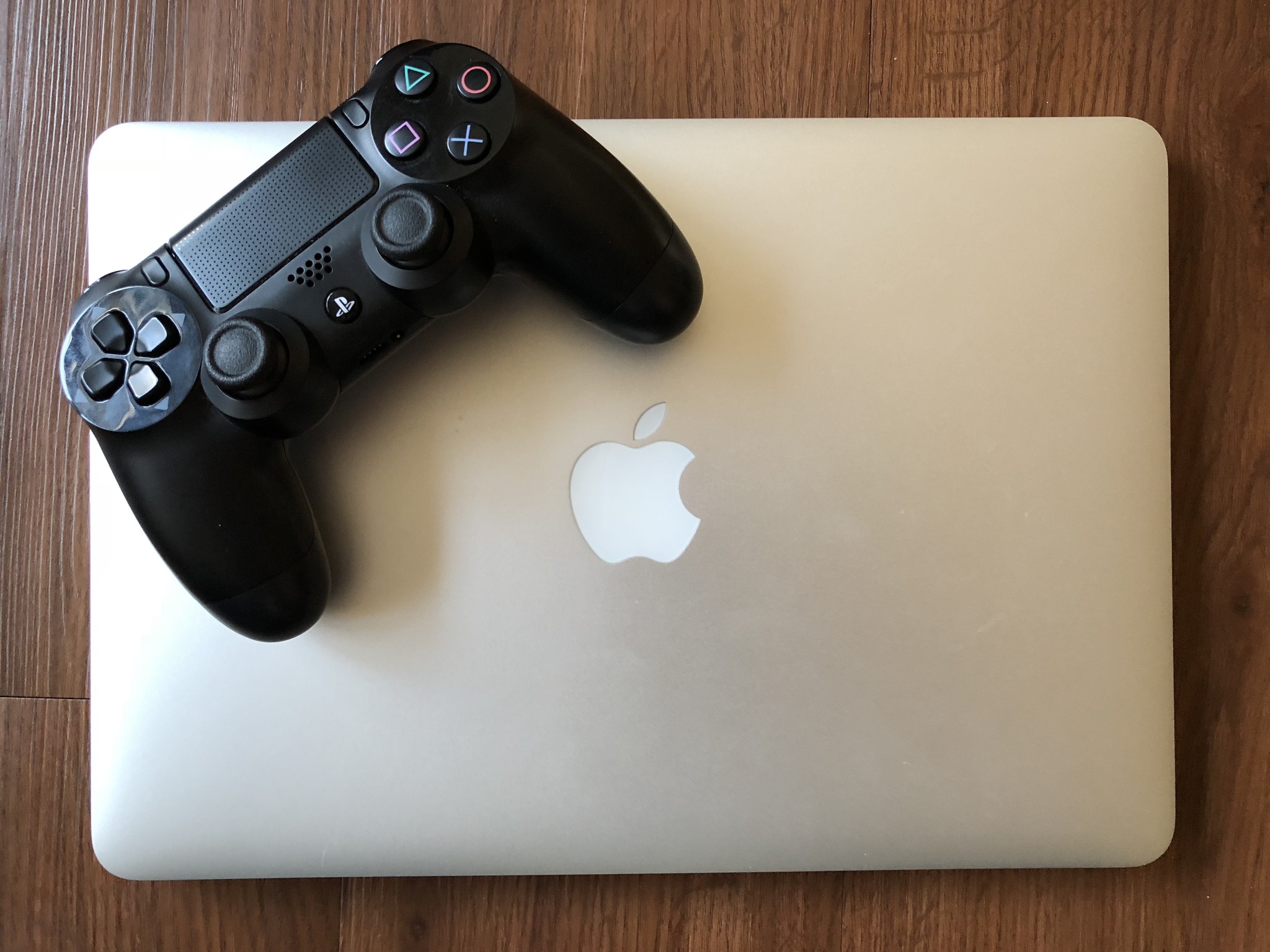
- #Video game controller for mac book pro how to#
- #Video game controller for mac book pro install#
- #Video game controller for mac book pro pro#
- #Video game controller for mac book pro mac#
I’m sure we’ll get more detailed breakdowns of how Apple achieved what it has with this new emulation layer that makes x86 applications run fine on the M1 architecture. There is both a lot to say and not a lot to say about Rosetta 2. But it’s clear that iOS, though present, is not where it needs to be on M1. Provided that the Catalyst ports can be bothered to build in Mac-centric behaviors and interactions, of course. But the app experience on the M1 is pretty firmly in this order right now: Native M1 app>Rosetta 2 app>Catalyst app> iOS app.
#Video game controller for mac book pro mac#
It’s super cool for a second to have instant native support for iOS on the Mac, but at the end of the day this is a marketing win, not a user experience win.Īpple gets to say that the Mac now supports millions of iOS apps, but the fact is that the experience of using those apps on the M1 is sub-par. Yes, that’s right, no full-screen iOS or iPad apps at all.
#Video game controller for mac book pro how to#
There is no default tool-tip that explains how to replicate common iOS interactions like swipe-from-edge - instead a badly formatted cheat sheet is buried in a menu. The current iOS app experience on an M1 machine running Big Sur is almost comical it’s so silly. That, however, is where the compliments end.

I even ran an iOS-based graphics benchmark which showed just fine. Benchmarks run on iOS apps show that they perform natively with no overhead.
#Video game controller for mac book pro install#
Apps install from the App Store and run smoothly, without incident. That’s the kindest thing I can say about it. The iOS experience on the M1 machines is…present. It feels like an iOS device in all the best ways.Īt the chip level, it also is an iOS device. That’s what moving to this M1 MacBook feels like after using other Macs.Įvery click is more responsive. You’ve been carrying the load so long you didn’t know how heavy it was. If you’ve ever dealt with ongoing pain from a condition or injury, and then had it be alleviated by medication, therapy or surgery, you know how the sudden relief feels. One illustration I have been using to describe what this will feel like to a user of current MacBooks is that of chronic pain. That’s the best way I can describe it succinctly. And it does it while using a fraction of the power.
#Video game controller for mac book pro pro#
And even then only with powerful dedicated cards like the 5500M or VEGA II.Ĭompiling projects like WebKit produce better build times than nearly any machine (hell the M1 Mac Mini beats the Mac Pro by a few seconds). To end the call from either end, select Leave.Video editing and rendering is super performant, only falling behind older machines when it leverages the GPU heavily. What you can't get at from a non-Apple device is any kind of screen or document sharing feature.

If you've connected to a call through a web browser, you get a few basic FaceTime controls: You can turn your microphone and camera on or off, for example, you can share the link to the chat with someone else if required, and you can access the new grid view that FaceTime just added.

Assuming the person who sent you the link lets you in, you'll be connected, and from that point everything works more or less as it would on a normal FaceTime call.

You might have to give your browser permission to use your device's microphone and webcam, and you'll then see a preview of your video feed. It couldn't be much easier to get connected to a video chat, which is why it's important that you keep links for your FaceTime calls closely guarded-it's not a good idea to post them in any kind of public forum, for example. All you need to do from a web browser is provide a name to identify you on the call: There's no need to log in with your Apple ID, or even have an Apple ID.


 0 kommentar(er)
0 kommentar(er)
